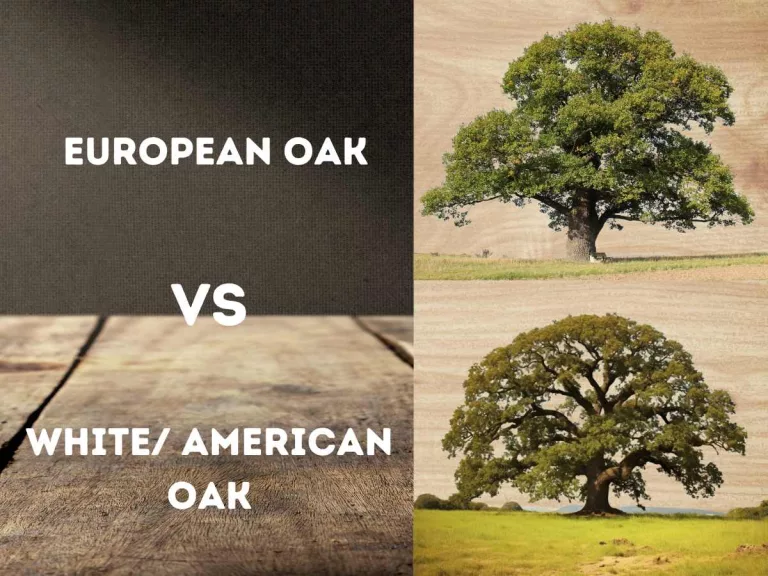How to Preserve Wooden Cutting Boards
Knowing how to preserve wooden cutting boards is pivotal not just for their longevity but also for maintaining kitchen hygiene and ensuring culinary excellence. With a myriad of advice available online, discerning the most effective and sustainable methods can be challenging. This guide addresses those concerns, offering expert-backed insights tailored to ensure your wooden board remains pristine and functional for years to come.

Introduction: The Importance of Proper Care
The lifespan of a well-maintained one
When cared for properly, it can last for decades. Unlike plastic or glass boards that may degrade or chip over time, wood has the resilience to withstand daily use, provided it’s maintained correctly.
Why wooden boards over plastic or glass?
Wooden boards are not only aesthetically pleasing but also gentler on knife edges, preventing them from becoming dull quickly. Moreover, wood possesses natural antibacterial properties, making it a hygienic choice for your kitchen.
Understanding Your Wooden Cutting Board
Know the intricacies of your wooden cutting board, it will reveal the craftsmanship and unique properties that set it apart. By understanding its composition and design, you can tailor your care routine to enhance its durability and performance.
Types of wood and their properties
From maple to cherry and teak, each wood type has unique properties. For instance, hardwoods like maple are dense and durable, making them ideal for heavy-duty chopping. On the other hand, softer woods might be more suitable for lighter tasks.
The craftsmanship behind a quality cutting board
A high-quality board isn’t just about the type of wood but also about its construction. Features like end-grain construction can make the board self-healing and more durable. Density of wood is another important factor. The denser the wood, the more resistant it is to outside influences.

Common Mistakes and How to Avoid Them
Navigating the care of wooden cutting boards is riddled with common pitfalls that can compromise their lifespan. Uncover these frequent missteps and arm yourself with proactive strategies to ensure your board’s longevity.
The dangers of dishwasher cleaning
Exposing it to the intense heat and prolonged moisture of a dishwasher can cause them to warp or crack. Always hand wash your board with mild soap and water.
The imbalance of washing only one side
Consistently washing one side can lead to warping. Ensure you clean both sides evenly to maintain its shape.
Overlooking regular maintenance
Just like any tool, your board requires regular maintenance. Oiling and waxing, for instance, are crucial to keep it in top shape.
Step-by-Step Cleaning Guide

Daily cleaning routine
Dusting off crumbs: After each use, use a soft brush or cloth to remove any leftover crumbs or debris.
Dealing with stains and odors: For stubborn stains, sprinkle some baking soda on the affected area and rub with a cloth. For odors, rub the board with half a lemon.
Monthly deep cleaning
Natural Cleaning Agents
Salt, lemon, and vinegar: Create a paste using salt and lemon juice for a natural scrub. For disinfection, white vinegar can be effective.
Commercial Products
Products like board-specific cleaners can offer deep cleaning and conditioning benefits.
- Bleach Solution: A mixture of bleach and water can effectively kill bacteria on both plastic and wooden cutting boards. Here’s the recipe – Use 5 tablespoons (equivalent to 1/3 cup) of bleach for every gallon of water at room temperature, or add 4 teaspoons of bleach to every quart of water at room temperature.
- White Vinegar: Vinegar is excellent for neutralizing odors and eliminating bacteria. It’s especially recommended for wooden cutting boards not used with raw meat. Recipe here – a solution generally made up of 4–7% acetic acid and the remaining 93–96% being water.
- Cutting Board Whitener: Products like “Block Whitener” are designed to clean and whiten cutting boards, effective for both plastic and wooden boards that have become stained with meat, meat produce and seafood.
- Commercial Cutting Board Disinfectants: Products like “C-Kure Commercial Cutting Board Disinfectant” are specifically formulated to disinfect and clean cutting boards.
Preserving and Conditioning Your Board
- The science behind oiling and waxing: Wood can dry out and become brittle. Oiling reintroduces moisture, while waxing seals in that moisture, preventing the board from drying out.
- Choosing the right products: Mineral oil vs. others: While many oils can be used, food-grade mineral oil is non-toxic and doesn’t go rancid. Avoid cooking oils that can spoil over time. But you can use olive oil, it has good preservation capability.
- The waxing process for long-lasting protection: After oiling, apply a thin layer of board wax and buff it in using a cloth. This creates a protective barrier.
Tips and Tricks
- Addressing warping and cracks: If your board warps, you can flatten it by dampening the concave side and placing a weight on top. For cracks, a wood filler can be used.
- Sanding and restoring the old one: Over time, your board might show wear. Sanding it down and then re-oiling can restore its former glory.
- Storage solutions to prolong life: Store it vertically in a dry place to ensure even air circulation and prevent warping.
Expert Opinion
My recommendations are backed by studies from renowned institutions and personnel, ensuring you get information that’s both accurate and reliable.
Antonio García Lozano, the famous Spanish chef, told on a telephone interview to Hobbydisiac :

“Las reglas de lavado de las tablas de cortar de madera que dijiste están perfectamente bien. Siga esto y mantenga una vida saludable.“
This translates as “The washing rules of wooden cutting boards you told are perfectly alright. Follow this and keep a healthy life”.
Conclusion
- Recap of key takeaways: From choosing the right wood to regular maintenance, embracing the wooden board lifestyle requires knowledge and dedication.
- Encouraging sustainable and eco-friendly choices: Wooden boards are not only functional but also sustainable. By choosing wood, you’re making an eco-friendly choice.
Supporting Sources
I believe in evidence-based advice. Our recommendations are not just based on experience but also on scientific studies and research. Here are some references we rely on:
- “ BACTERIAL ADHERENCE AND VIABILITY ON CUTTING BOARD SURFACES” by SIMIN H. ABRISHAMI, BEN D. TALL, THOMAS J. BRUURSEMA, PAUL S. EPSTEIN, DHIREN B. SHAH
- Food and Cutting Board Related Safety , by U.S. Department of Agriculture. (USDA)
- “Wooden Cutting Boards Found Safer than Plastic“ by The New York Times
Recommended Readings
- Knowing how to make wood last long
- I strongly recommend a proper cleaning and staining of the board if you like to have a pyrography art on it and then use daily. Woodburning art on chopping board is an interesting article on the art.
FAQs
How do you seal a wooden cutting board?
Seal a wooden cutting board by applying a food-safe mineral oil or board cream, letting it soak in, and then wiping off the excess.
What do you put on a wooden cutting board to preserve it?
To preserve it, apply food-grade mineral oil or a beeswax-based board cream regularly.
How to care for your wood cutting board so it lasts a lifetime?
Clean it gently after each use, avoid soaking it in water, dry it thoroughly, and regularly apply a protective oil or wax.
Should you oil a wooden cutting board?
Yes, you should oil it regularly to maintain its moisture, prevent cracking, and extend its lifespan.






